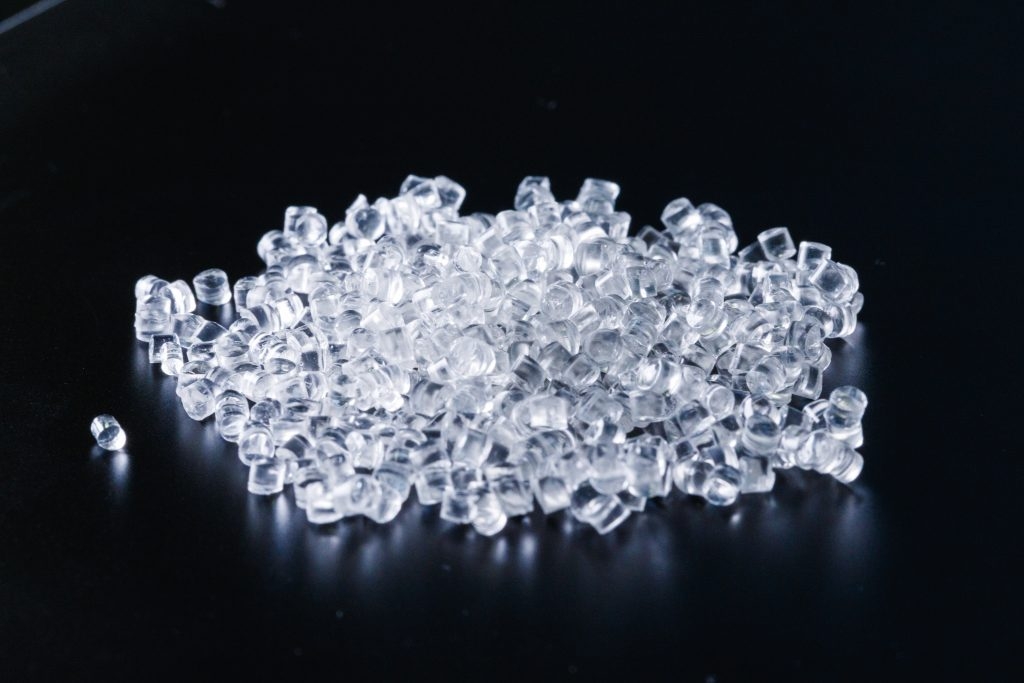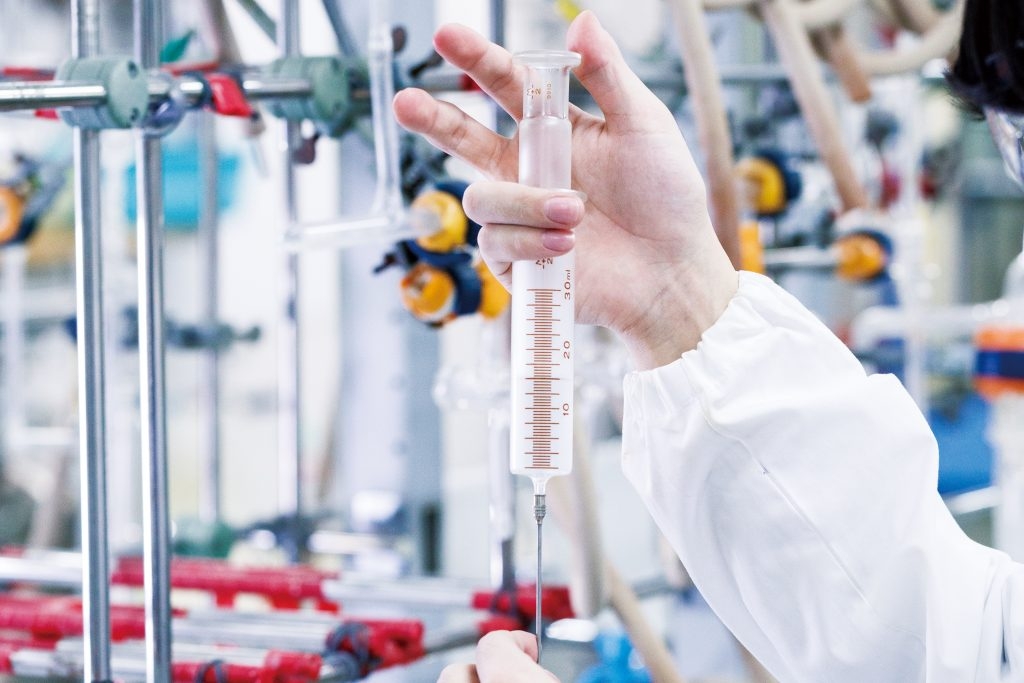Global warming is a major environmental problem for the entire world, and one of its causes is increasing carbon dioxide (CO2). As industrial activity has increased since the 19th century, so, too, have CO2 emissions, and this increase continues to accelerate even today. At the same time, the world is facing depletion of the fossil resources which have been so important to its functioning.
It is in the hopeful context of developing new carbon resources that will reduce CO2 emissions and replace fossil resources that the researchers in the Sugimoto Laboratory are working on turning CO2 itself into a new, alternative resource (a raw material for synthesizing organic compounds).
CO2 is abundant in nature, as well as inexpensive, nontoxic and noncombustible, which makes it a valuable chemical material from a synthetic chemistry standpoint. If CO2 in the atmosphere can be transformed chemically into a liquid or solid, it would allow us to simultaneously address the problems of increasing CO2 emissions and fossil resource depletion.
The researchers in the Sugimoto Laboratory are carrying on the work of their former mentor, who developed unique technology for turning CO2 into plastic more than 50 years ago, by pursuing joint research with manufacturers into the commercialization of this technology. This revolutionary research is attracting a great deal of excitement and interest from around the world, as it promises to provide us with an effective method for resolving the various resource, energy and environment-related problems that we face.

The researchers in the Sugimoto Laboratory are working daily to facilitate the effective utilization of new materials made from CO2. In the near future, construction is scheduled to be completed on a system that will produce plastic from the CO2 emitted by power plants, factories and other such facilities. They are also developing ideas for a type of plastic that would be safely edible by fish, thereby helping to resolve the problem of ocean plastics.
In addition, Sugimoto Laboratory researchers are working on “chemistry which artificially reproduces life phenomena.” This research looks at the enzymes which produce essential compounds inside of living organisms and seeks to design new molecules which adopt the structure of these enzymes. By using the mechanisms and structures found in living organisms as examples to follow when creating novel materials, the Sugimoto Laboratory researchers are attempting an innovative approach to chemistry that seeks to make it more environmentally friendly, as well as responsible in its use of limited resources.
The daily process of trial and error involved in creating new and unknown materials comes with a great deal of difficulty. But the researchers in the Sugimoto Laboratory also find enjoyment in this trial and error process as they tackle the highly technical challenges of organic chemistry and polymer chemistry in their dogged pursuit of novel materials that will benefit society.

■ Main research content